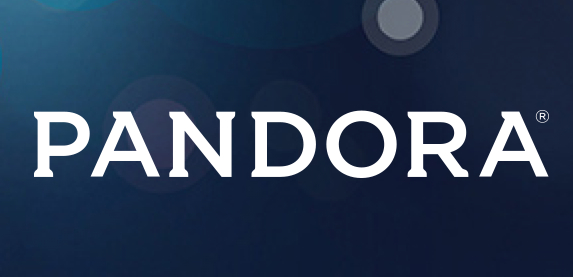Pandora Plus Makes Debut, Record Labels Experience Uptick
September 22, 2016
Pandora unveiled Pandora Plus, replacing the 16-year old company’s original ad-free service. What’s different is that the company now licenses music from the major record labels, rather than using compulsory licenses from the government, with rates determined by federal judges. With the new version, users can replay or skip songs and listen offline. The monthly price remains $4.99. Out of Pandora’s nearly 80 million users, only 4 million are paying subscribers. An on-demand tier for $10/month will also debut by end of 2016.
The Wall Street Journal notes that Apple Music and Spotify, which charge $10/month, offer “unlimited, on-demand access to 40-million-song catalogs,” whereas Pandora has “about 2 million songs, and only allows users to create custom stations based on artist, song, mood or genre.”
Pandora, which operates in Australia and New Zealand, also hopes to acquire the rights to launch its services in other foreign markets. But record label executives are concerned that Pandora’s free stream could threaten the growth of subscription services, which, according to the International Federation of the Phonographic Industry, generate $2 billion in revenues annually.
Bloomberg reports that, due to subscription-based services, the music industry is undergoing “a fragile recovery.” According to a report from the Recording Industry Association of America (RIAA), “retail spending on recorded music grew 8.1 percent to $3.4 billion in the first half of 2016,” representing the “second straight year” of growth, something that hasn’t happened since 1998-1999. With regard to streaming music services, that revenue “grew 57 percent to $1.6 billion in the first half of 2016 and accounted for almost half of industry sales.”
“We’re starting to see on-demand music streaming as no longer a thing that hipster college kids and young people do,’’ said former industry executive Larry Miller, now a music business teacher at New York University.
Although the biggest music labels — Universal Music Group, Warner Music Group and Sony Music Entertainment — all reported gains, the annual sales of about $7 billion still represents half of the 1999 peak, says RIAA, which also notes that labels are negotiating new contracts with YouTube and Spotify. Despite growth in sales of ad-supported, on-demand streaming — 24 percent to $195 million — “those services aren’t doing enough to convince people to pay for music and don’t make enough money off their free users.”
Meanwhile, music purchases via download and CD continue to decline, with physical media dropping 14 percent and downloads suffering a “double digit” decrease. Pandora’s soon-to-launch paid on-demand service “aims to convert 10 percent of its 78 million free users into paying customers by 2020,” and Amazon also plans to debut a paid music service.
But, says Bloomberg, “the arrival of new competitors complicates the outlook, depending on whether they attract new customers or steal from others.”


No Comments Yet
You can be the first to comment!
Sorry, comments for this entry are closed at this time.